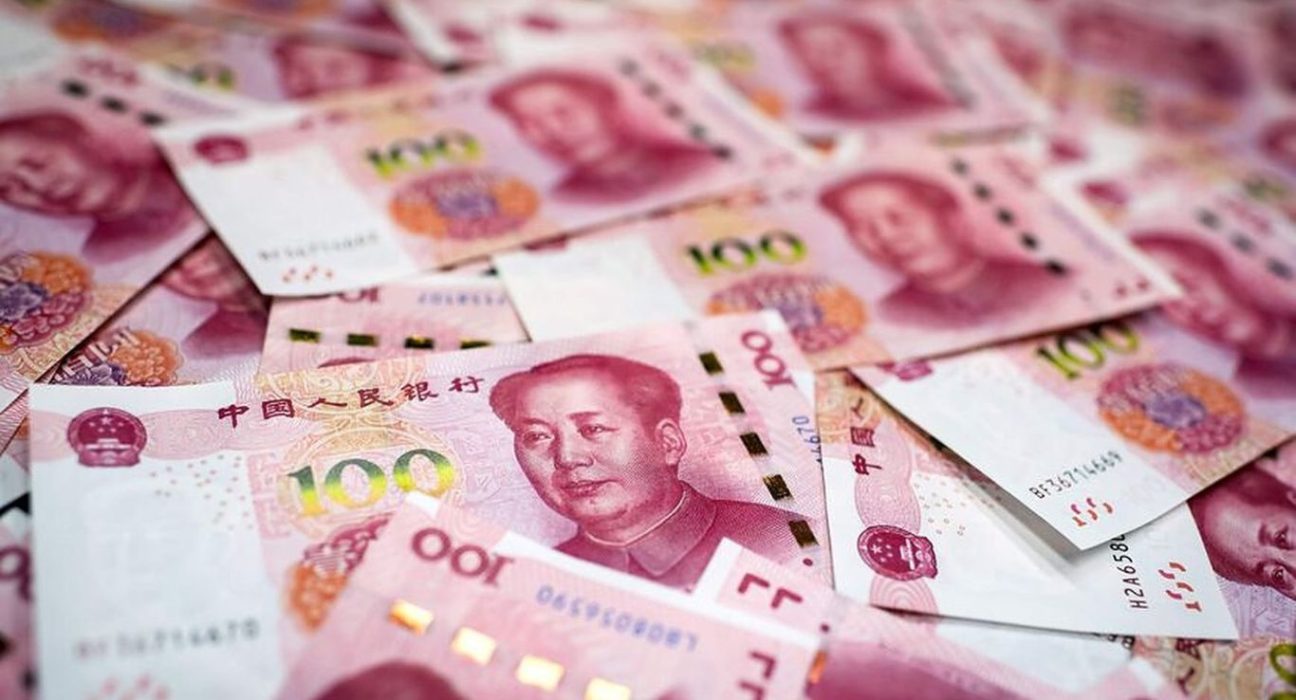The Chinese yuan has experienced a notable setback, as it fell 0.1% and breached the psychologically crucial 7 level against the US dollar for the first time since early December. The breach of this significant threshold, closely monitored by both the Chinese government and traders, often serves as a precursor to further depreciation of the Chinese currency. This development has sparked concerns among experts and market participants about the future of the yuan and its potential consequences on the Chinese economy.
The Importance of the 7 Level and Its Implications
The 7 level has long been regarded as a psychological barrier for the Chinese yuan. Historically, whenever the currency crosses this threshold, it triggers a sense of unease among investors and indicates a weakening of the yuan’s value. As a result, it often leads to increased selling pressure and further depreciation of the currency.
Government and Market Watchers on High Alert
The breach of the 7 level against the US dollar has placed the Chinese government and market participants on high alert. The government closely monitors the yuan’s exchange rate to maintain stability and control over its currency. A depreciating yuan can adversely affect China’s export-oriented economy by making its goods more expensive in international markets. Therefore, authorities will likely consider implementing measures to counteract further depreciation and maintain stability.
Traders and investors are also closely observing the situation, as a weakening yuan can have significant implications for their investments and trading strategies. The breach of the 7 level may prompt market participants to adjust their positions and consider alternative investment options, potentially leading to increased volatility in the Chinese financial markets.
Factors Contributing to the Yuan’s Depreciation
Several factors have contributed to the recent decline of the Chinese yuan. One of the primary reasons is the ongoing trade tensions between the United States and China. The unresolved trade disputes and potential tariffs on Chinese goods have created uncertainty, weighing on investor sentiment and impacting the yuan’s value.
Moreover, China’s slowing economic growth and the challenges posed by structural reforms have also played a role in the currency’s depreciation. As the Chinese economy adjusts to a new growth model, characterized by reduced reliance on exports and increased domestic consumption, the yuan’s value has been affected. Additionally, China’s efforts to liberalize its financial markets and encourage capital inflows have made the yuan more susceptible to external market forces.
Potential Consequences for the Chinese Economy
The depreciation of the Chinese yuan can have wide-ranging consequences for the country’s economy. On the one hand, it may provide some relief for exporters by making Chinese goods more competitively priced in foreign markets. However, this advantage may be offset by the increased cost of imported goods, potentially leading to inflationary pressures.
A weaker yuan can also encourage capital outflows, as investors seek to preserve the value of their assets by moving funds to more stable currencies. Capital flight can put downward pressure on the yuan, making it more challenging for the government to maintain stability and control over its currency.
Furthermore, a depreciating yuan may hinder China’s efforts to internationalize its currency and establish it as a global reserve currency. Confidence in a stable and strong currency is a crucial factor for its global acceptance, and prolonged depreciation could undermine these aspirations.
The Way Forward
In response to the breach of the 7 level, the Chinese government may take steps to stabilize the yuan and restore market confidence. Possible measures could include intervention in the foreign exchange market, tightening capital controls, or implementing monetary policy adjustments. However, the effectiveness of these measures and their long-term impact remain uncertain, as they may also introduce unintended consequences.
Market participants will closely monitor any developments and announcements from the Chinese government, as they seek clarity on the future direction of the yuan. The interplay between global economic conditions, trade dynamics, and domestic reforms will undoubtedly influence the currency’s trajectory in the coming months.
Conclusion
The recent breach of the psychologically important 7 level by the Chinese yuan against the US dollar has raised concerns about the currency’s future trajectory. As the government and traders remain on high alert, measures to stabilize the yuan and mitigate further depreciation are expected. The interplay between ongoing trade tensions, China’s economic growth, and structural reforms will continue to shape the yuan’s performance, with potential implications for the Chinese economy and its aspirations to establish the yuan as a global reserve currency.










